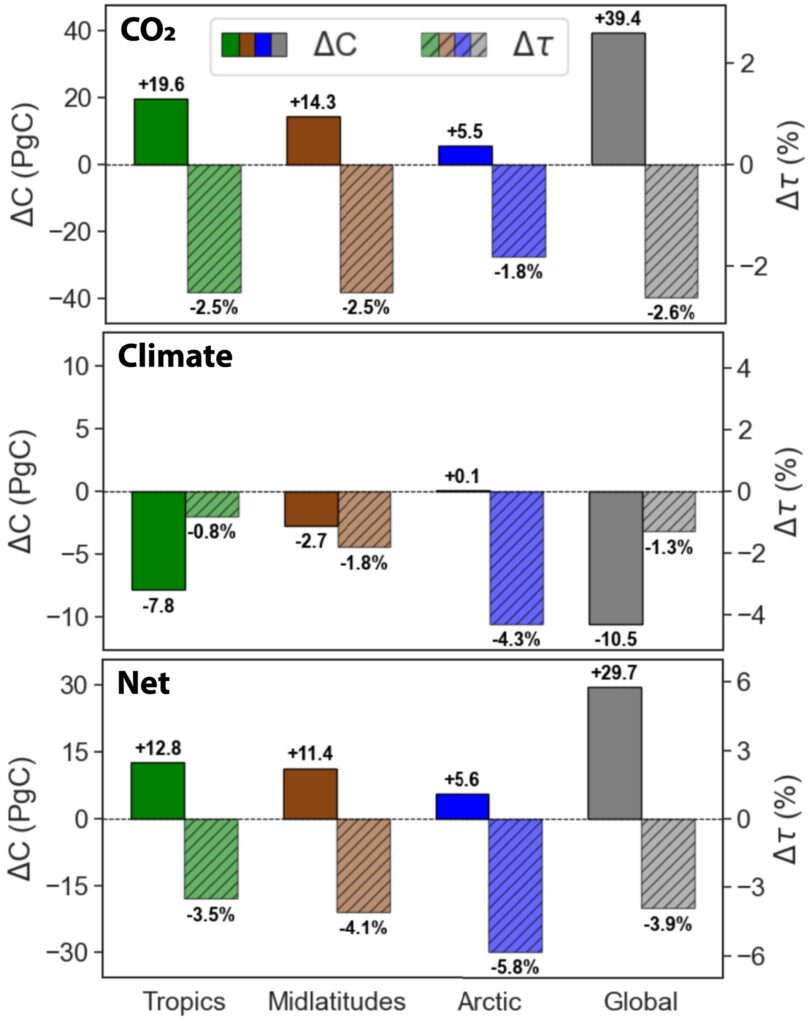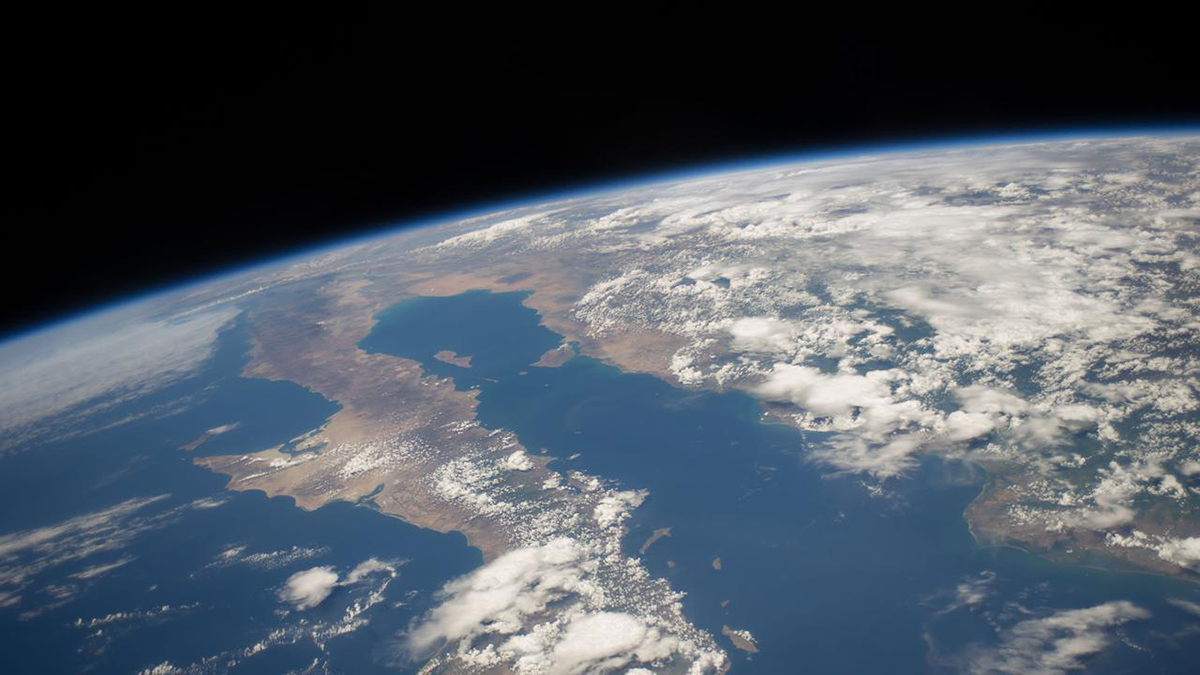Editors’ Highlights are summaries of recent papers by AGU’s journal editors.
Source: AGU Advances
To help project Earth’s future climate, it is critical to understand how the capacity of ecosystems to take up and store carbon is changing as atmospheric carbon dioxide levels rise and climate change intensifies.
Bilir et al. [2025] integrate satellite data with a model of terrestrial carbon cycling to parse regionally-specific influences of CO2 and climate on carbon storage in living and dead plant material, and the associated residence time of carbon in those pools.

Their work helps untangle the mechanisms driving what they and others have observed: that CO2 increases carbon storage more than climate effects decrease it. They find greater carbon storage in living plants globally and a shift in dead carbon storage from mid- and high latitudes to the tropics. They also demonstrate a reduction in mean carbon residence times across all latitudes. The shift in carbon storage from dead to live pools underscores the sensitivity of terrestrially-mediated carbon cycling and residence times to living plant carbon uptake and storage potentials.
These efforts help us understand, at a global scale, how rising atmospheric CO2 and climate change interact to prompt a latitudinally-specific reorganization of our planet’s terrestrial carbon cycling, and thus its climate.
Citation: Bilir, T. E., Bloom, A. A., Konings, A. G., Liu, J., Parazoo, N. C., Quetin, G. R., et al. (2025). Satellite-constrained reanalysis reveals CO2 versus climate process compensation across the global land carbon sink. AGU Advances, 6, e2025AV001689. https://doi.org/10.1029/2025AV001689
—Sharon Billings, Editor, AGU Advances


